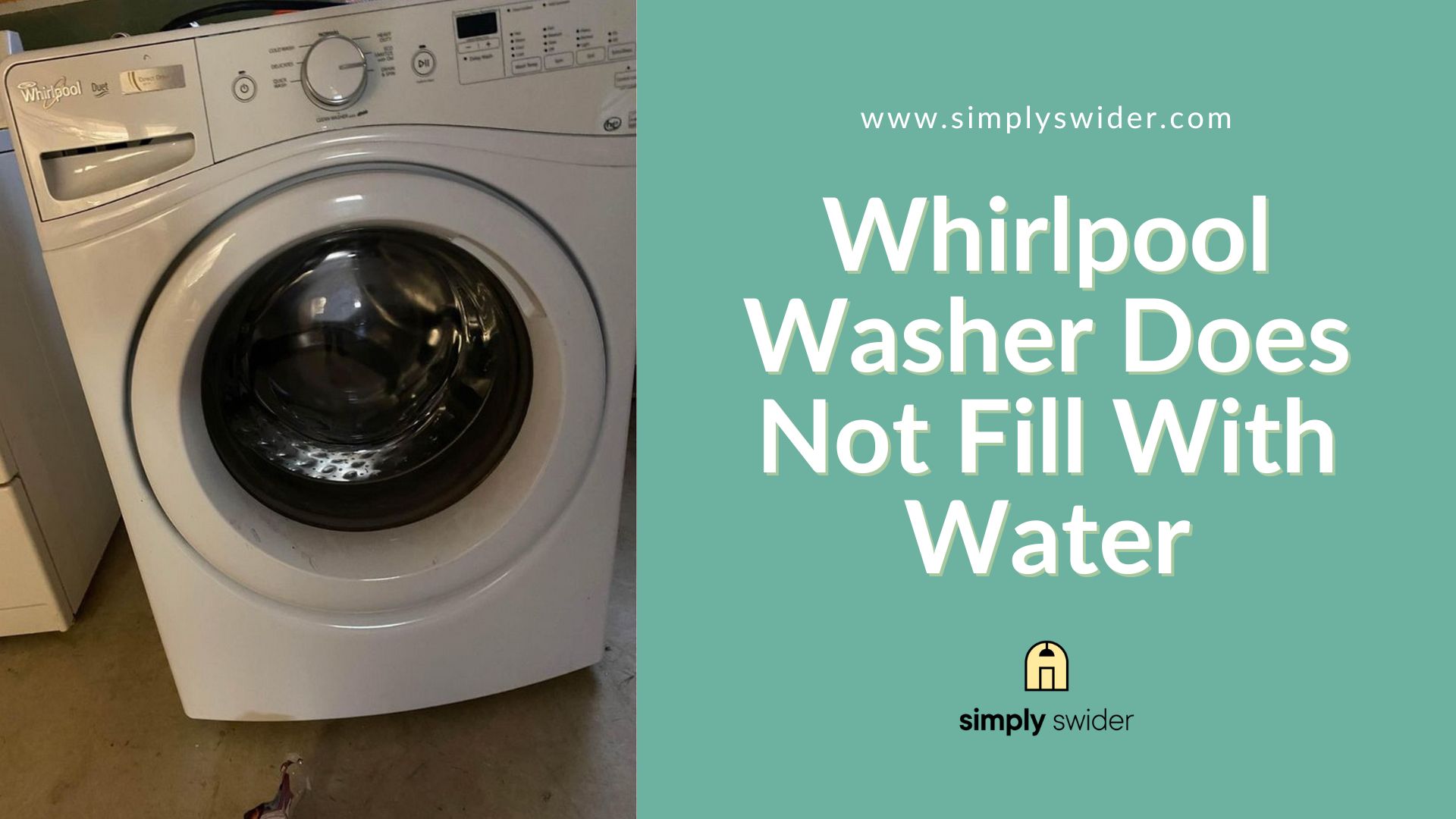Come on!
The last thing you need on a hectic laundry day is a Whirlpool washer that won’t fill with water. Is your Whirlpool washer sputtering some pathetic streams of water and nothing more into the washtub?
Wait!
You don’t have to make that dreadful trip to the laundromat or hand-wash your laundry just yet. There are several ways out of this unfortunate situation.
You see:
This article is a guide for you, containing the multiple reasons your Whirlpool washer is not filling with water and several troubleshooting suggestions.
You really should keep reading. The tips here will revamp your entire DIY approach to your washer!
Table of Contents
Whirlpool Washer Not Filling With Water
Your Whirlpool washer could have issues filling with water for several reasons. In most cases, you can easily resolve this problem by unclogging the water inlet valve and filter screens or the fill hose. Gauging the water pressure or replacing faulty components, such as the water level switch, or the door lock latch, could be helpful.
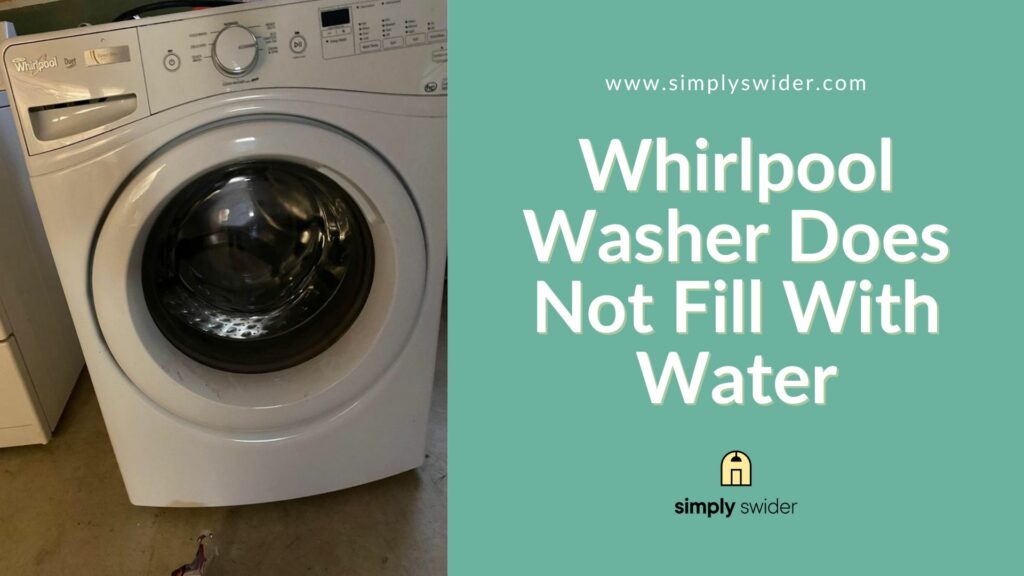
1. Unclog or Replace the Water Inlet Valve
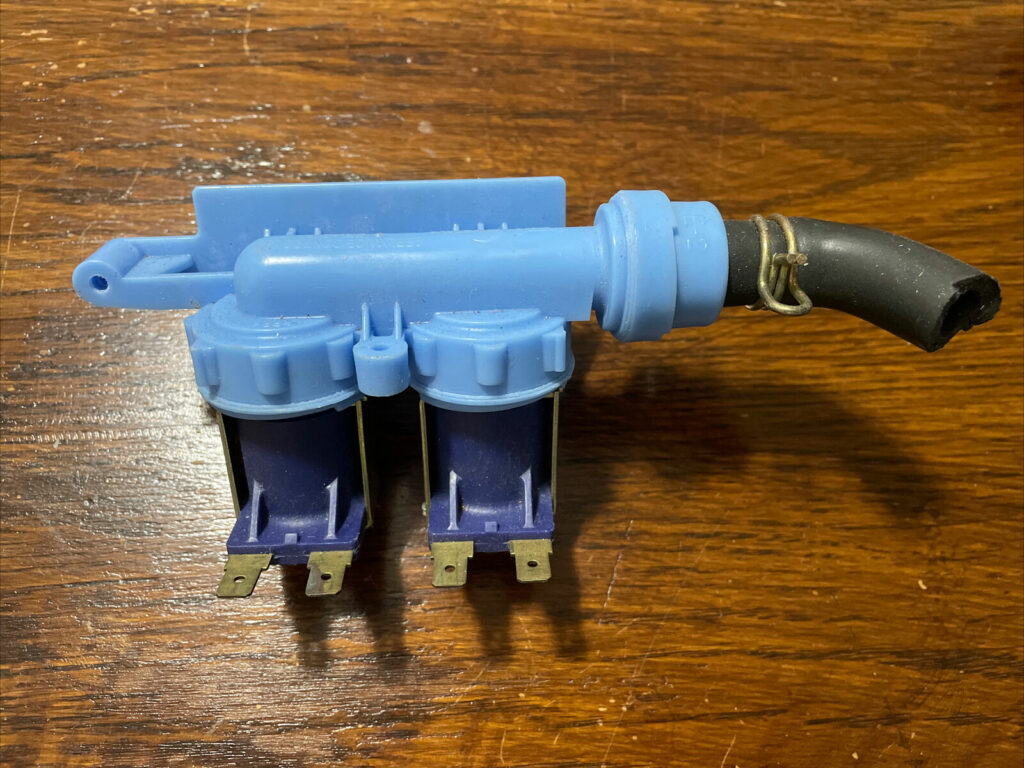
Here’s the thing:
A clogged or faulty water inlet valve is the most common reason your Whirlpool washer may not fill with water.
The water inlet valve is responsible for supplying hot and cold water to the washing machine unit.
Now:
If anything causes the water inlet valve to malfunction, you may notice that your Whirlpool washer does not fill up with enough water.
Such a malfunction could result from a mineral build-up or debris clog, in which case you’d be required to clear it out.
Also:
Your water inlet valve might not supply sufficient water to your Whirlpool washer due to a lack of electrical continuity.
Either way, here’s what to do:
- Step 1: Unplug your Whirlpool washer from the power source.
- Step 2: Unthread the water inlet fill hoses from the valve at the back of your washer.
- Step 3: Unscrew the front panel with a Phillips screwdriver and lift it off the washer.
- Step 4: Locate the water inlet valve.
- Step 5: Check for debris or mineral build-up clogging the valve and clean it thoroughly.
- Step 6: Test the valves connectors for continuity with a multimeter or voltmeter.
- Step 7: If it tests negative, detach the two hoses connected to the valve (They run between the valve and detergent dispenser.)
- Step 8: Remove the faulty water inlet valve and replace it with a functional one.
- Step 9: Run a test wash cycle to be sure it works properly.
Note:
You can get replacement parts from any online store, but it would be infinitely better to get them from Whirlpool’s genuine parts website.
Plus:
If you’re unfamiliar with technical approaches, it will serve you best to call a repair technician for assistance with the replacement process.
2. Straighten or Unclog the Fill Hoses
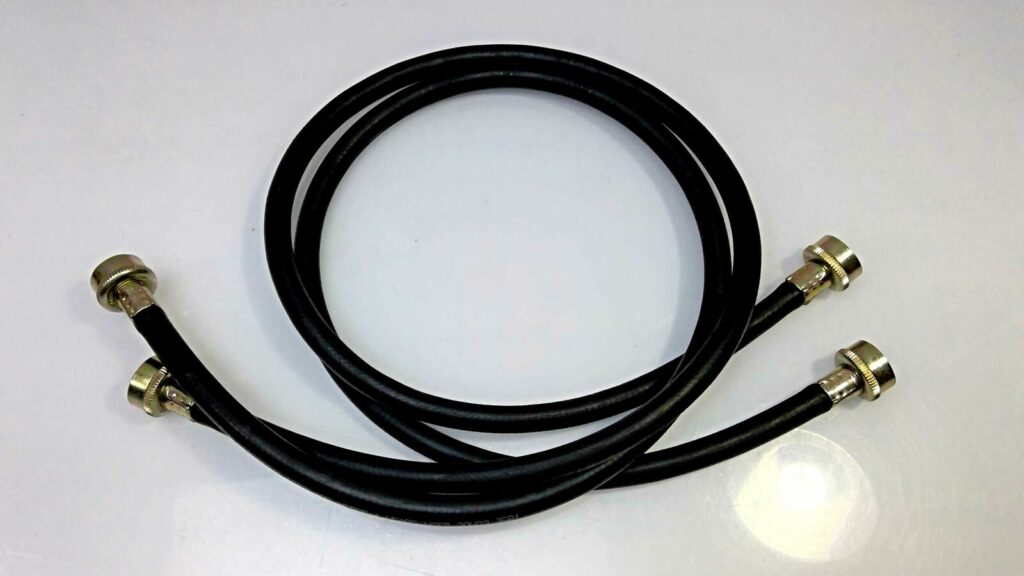
Look:
Before checking for an issue with the water inlet valve, consider inspecting your Whirlpool washer’s fill hoses for clogs, kinks, and wear. Those faults could be the cause of your washer’s water supply issue.
How?
The washer fill hose transports water from the water inlet valve to the washer tub. If it gets kinked or clogged, the water flow will be limited, and your Whirlpool washer will not fill up adequately.
Note that:
Your Whirlpool washer will not operate optimally if the hot and cold water inlet hoses are not properly connected and turned on.
The valve requires pressure from the water supply of both hoses to send sufficient water to the wash tub.
As such:
You should ensure the hoses are attached securely to the wash tub and both are turned on.
Also, check for kinks and bends and reposition the hose or your Whirlpool washer to straighten the kink and enable proper water flow.
Now:
Check for debris clogs if you discover no kinks or twists after inspecting the hose. If it’s clogged, clean it carefully with a pressure washer.
In addition:
Dirty or clogged inlet filter screens could be the source of the problem. You need to detach the hoses and remove any build-up from the filter screens.
One more thing:
If your Whirlpool washer fill hoses are worn-out, endeavor to replace them. Ideally, fill hoses should be replaced every five years or less, depending on how well you maintain them.
After this:
Run a wash cycle to ensure that your Whirlpool washer is filling with water nicely and devoid of any leakage.
3. Replace the Defective Water Level Switch
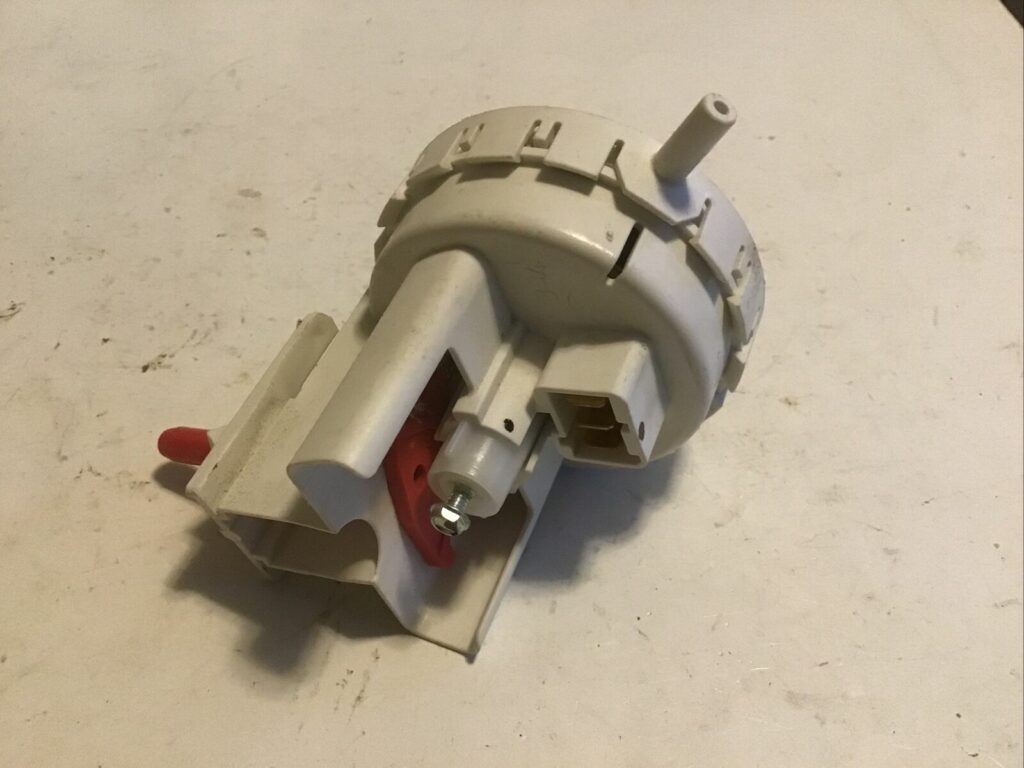
Now:
If the problem is not the water inlet valve or hoses, the next internal component to review is the water level switch. The water level or pressure switch has sensors that detect water levels and stop the water supply at its limit.
The thing is:
If the water level switch is faulty, it could send a wrong signal to your Whirlpool washer leading to water filling issues. Even when there is little or no water in the unit, it can detect a full tub and stop water from filling your washer.
So, what do you do?
- Step 1: Unplug your Whirlpool washer from the power outlet.
- Step 2: Locate the water level switch; you can find it on the control panel.
- Step 3: Disconnect the wires attached to it.
- Step 4: Test the pressure switch for continuity with a multimeter.
- Step 5: If it lacks electrical continuity, replace it with a new, functional part.
Now:
We recommend you call a skilled technician for support with handling internal electrical components if that is not your deal.
However, if you are conducting the repairs yourself, endeavor to equip yourself with the appropriate tools and protective apparel for the task.
4. Check for Low Water Pressure
Get this:
Your Whirlpool washer might have difficulty filling with water if the water pressure in your home is low.
Typically, 20 to 120 PSI of water pressure is required to operate your washer suitably; if lower, it won’t fill.
So:
You will need a water pressure gauge, which can be found at any hardware store, to test the water pressure in your home.
Here’s how to do this:
- Step 1: Attach the water pressure gauge to an outdoor or indoor faucet.
- Step 2: Turn the faucet on.
- Step 3: Read the measurement on the gauge.
- Step 4: If below 20 PSI, an increase in water pressure will be necessary to solve your Whirlpool washer’s water-filling problem.
To that end:
You can increase your home’s water pressure easily by regulating the pressure-reducing valve found close to the water meter in your house.
Certainly:
Your Whirlpool washer should start filling conveniently once the water pressure is high enough to power the washer.
5. Replace the Lid Switch or Door Lock Latch
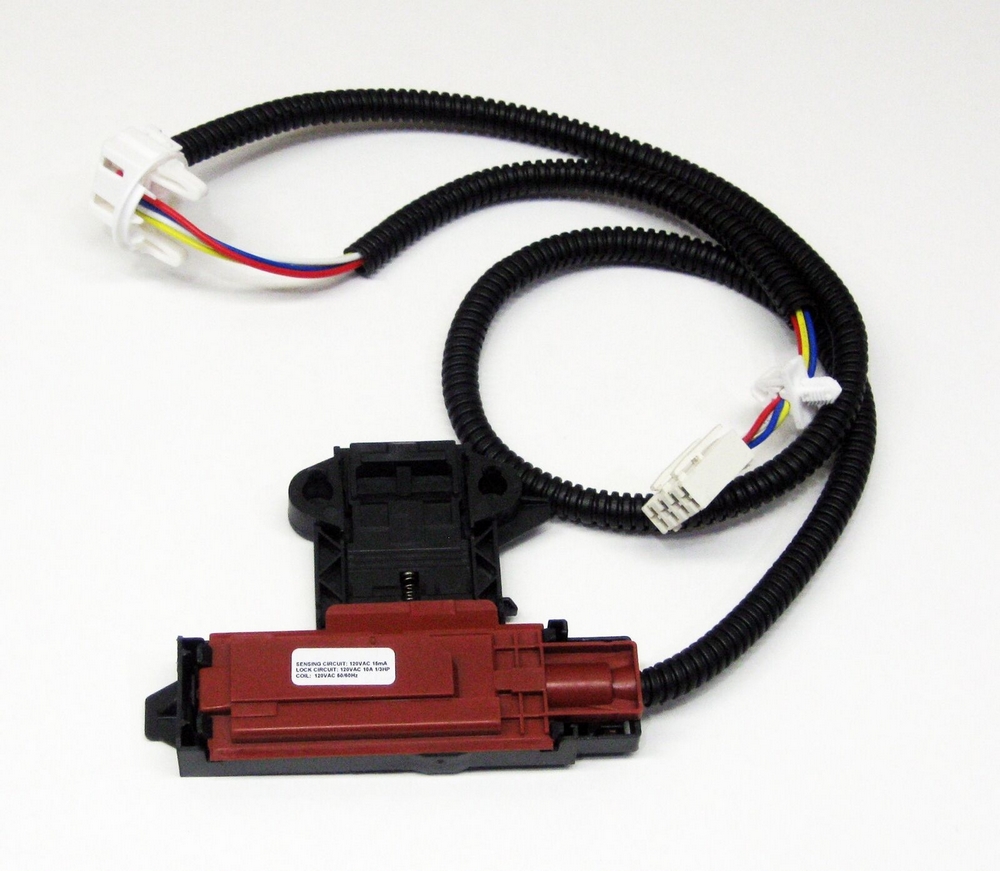
We all know:
If the door lock latch or lid switch is defective, your Whirlpool washer won’t fill with water.
The door lock latch or lid switch mechanism is designed to stop floods by hindering the washer from operating if it isn’t activated.
Unfortunately:
When the door lock system malfunctions, closing the door might not activate the latch, and the water inlet valve could remain closed.
If this happens, your Whirlpool washer will be empty, and operations will cease.
To solve this problem:
You need to test the door lock latch or lid switch for electrical faults and replace it if faulty.
Do this:
- Step 1: Disconnect your Whirlpool washer from the wall socket.
- Step 2: Detach the front panel of the washer and slide it off.
- Step 3: Locate and unscrew the door lock latch from the washer.
- Step 4: Test the door latch for continuity with a multimeter.
- Step 5: If the result is negative, replace the faulty door lock latch and install a brand-new one.
- Step 6: Reassemble your Whirlpool washer.
You see:
After replacing the defective lid switch, your washer’s water inlet valve should be able to detect when the door is closed.
This means it would open without resistance and direct the water flow into the tub until it fills up to its limit.
Now:
You can schedule a repair with Whirlpool’s skilled service technicians if you have used your washer for no more than a year.
The warranty would likely cover the costs of any repairs or replacements required.
6. Repair the Electronic Control Board or Timer
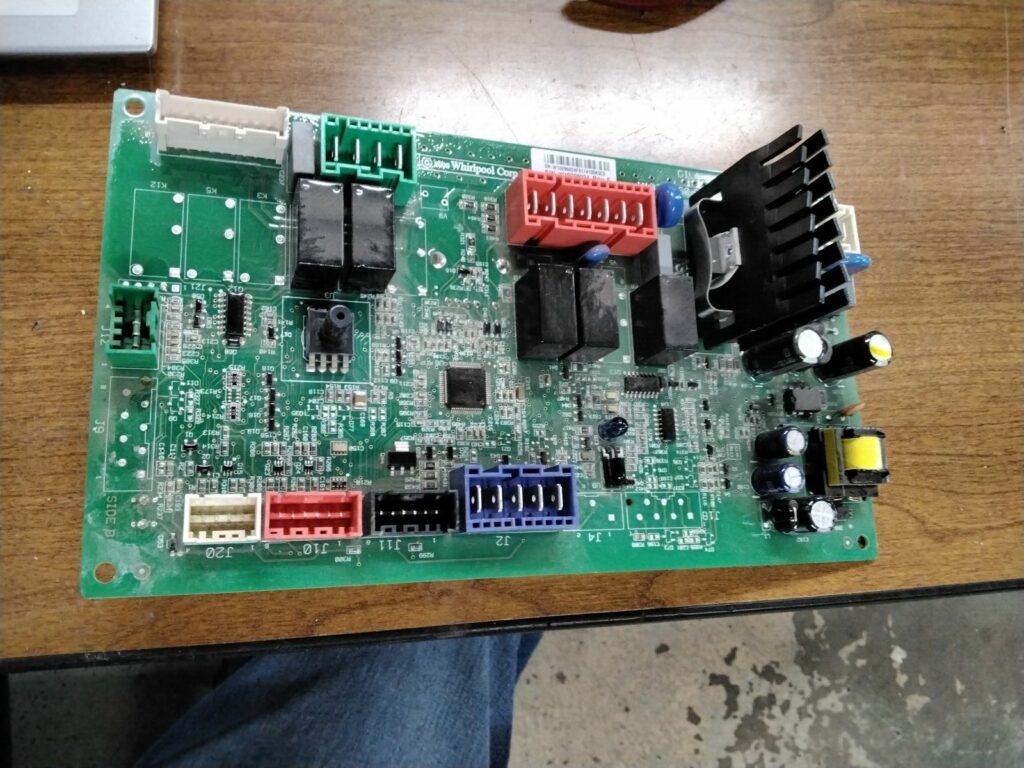
Finally:
Your Whirlpool washer could have difficulty filling up with water because of a damaged electronic control board or timer.
The water inlet valve receives a signal from the timer and electronic controls, prompting it to open and supply water to the washtub.
Get this:
The timer comprises a network of electrical connections operated by a cam assembly. The control board, as well, is a sensitive and essential component of the Whirlpool washer, and if faulty, your washer will not fill.
Here’s what you should do:
- Step 1: Unplug your Whirlpool washer from the power source.
- Step 2: Find the terminals in the timer controlling the water inlet valve using the wiring schematic.
- Step 3: Use a multimeter to assess the electrical continuity of the timer.
You’d want to call a technician to conduct the electronic control board repair; we don’t advise you to try to replace it yourself.
Why?
The test involves live voltage, and you definitely don’t want to be in the line of danger, especially as an amateur.
Models Most Affected
Get this:
Any Whirlpool device could have issues filling up with water, as some of the causes of this problem are fueled by poor maintenance.
However:
These distinct Whirlpool washer models take the lead regarding water-filling issues. Based on this common washer problem, they have a ridiculously high rate of consumer criticism.
1. Whirlpool Cabrio
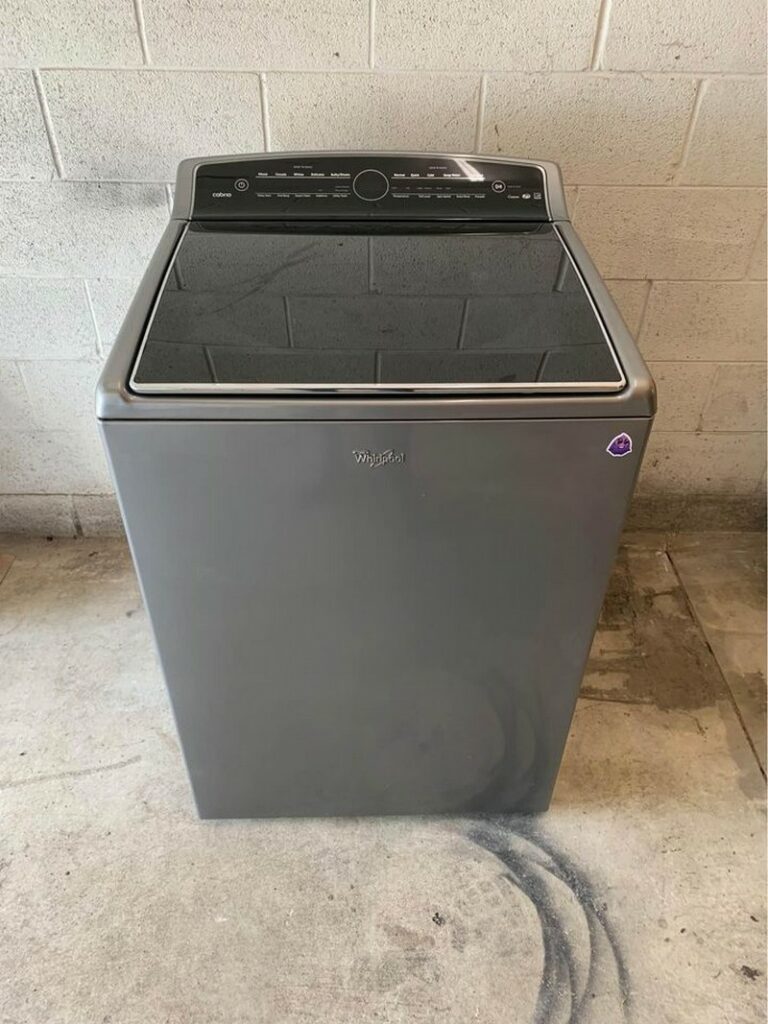
Look:
The Whirlpool Cabrio is an efficient top-load washer featuring customizable electronic touch controls that store your current cycle settings in memory.
This large-capacity washer saves time and energy and can wash over four batches of laundry in a single cycle.
The problem is:
This specific Whirlpool washer model is prone to having internal part malfunctions resulting in problems with filling up with water.
2. Whirlpool Duet
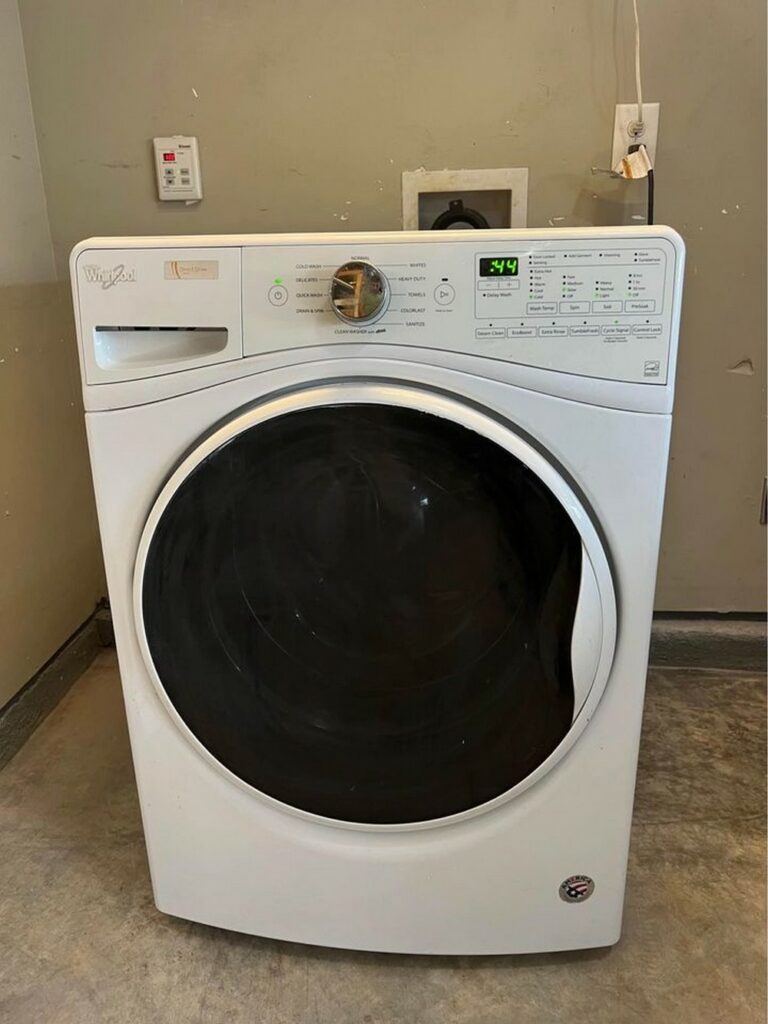
Know this:
The Whirlpool Duet is an easy-to-use, efficient front-load washer with a large-capacity stainless steel wash drum.
This washer is furnished with powerful cleaning technology that allows it to break down stubborn fabric stains while saving energy with EcoBoost.
However:
Famed for its many manufacturer errors, this Whirlpool washer model also suffers from susceptibility to water-filling issues.
3. Whirlpool Stackable Washer and Dryer
Now:
The Whirlpool Stackable top-load washer and dryer combination is a great option for maximizing space.
Its perks include an AutoDry system that prevents overdrying and an automatic fabric softener dispenser, giving your clothes the best care possible.
But:
Users of this washer-dryer combination have complained that their Whirlpool stackable is not filling up with water.
This problem is not complicated to troubleshoot, but it is a bummer to encounter regardless.
Conclusion
Fact:
Whirlpool washers begin the wash cycle by filling up with water until it reaches an optimal level appropriate for your wash load.
So, it is not surprising news that a washer that won’t fill with water undoubtedly will not work.
The thing is:
If your Whirlpool washer is not filling with water, you’ll need to troubleshoot it as soon as possible.
Don’t deceive yourself; you cannot do without a working washer.
To that end:
We have created a compilation of faulty internal components that could cause your Whirlpool washer to have filling issues.
Of course, we also outlined effective solutions to each of these causes.
Try these hacks to get your Whirlpool washer tub to fill with water:
- Unclog or replace the faulty water inlet valve.
- Straighten or unclog the fill hoses.
- Replace the defective water level switch.
- Check for low water pressure.
- Replace the malfunctioning lid switch or door lock latch.
- Repair the damaged electric control panel or timer.
Undoubtedly:
After attempting these simple fixes, your Whirlpool washer should fill up with water comfortably.
Plus, if these symptoms occur again, you know exactly what to do.
Take note:
If personally troubleshooting your Whirlpool washer that won’t fill with water is not your cup of tea, call a service technician to help.
It also won’t hurt to reach out to Whirlpool Customer Support for some helpful technical direction.
You see:
Seeking help is okay; you could save yourself from the risk of extra damage to your washer and possible harm to yourself.
You know the drill!
We’d love to get feedback from you! Tell us everything- your additions, questions, and experience- in the comment section below!
Frequently Asked Questions
Your Whirlpool washer might not fill up with water because of a faulty or clogged water inlet valve, filter screen, or fill hose.
Also, low water pressure or a damaged water level switch or door lock latch could cause the problem.
If your washing machine isn’t filling up with water, it could result from multiple factors. A faulty water inlet valve is the most common, among other clogs and defects.
To reset your Whirlpool washing machine, turn the dial until the rinse, wash and stop lights are illuminated.
Next, power off your washer and unplug it for about ten seconds; it should reset to factory settings when you plug it in.
If your Whirlpool does not fill with water, you can get it to start working by replacing the defective pressure or lid switch.
You can also resolve it by unclogging the fill hose, water inlet valve, and filter screens.
The water level switch is attached to the right side of the cabinet at the back of your Whirlpool washer.
It is also known as the pressure switch and is connected to the washtub by a rubber tube.
The water inlet valve or filter screens could get clogged with dirt or grit; as such, you would need to detach them for cleaning.
Soak the inlet valve and screens in a mixture of water and vinegar to break down the build-up of compounds.
Washing machines are manufactured with one or more water-level sensors equipped with auto-sensing technology.
These sensors are set to detect and regulate the water volume for each cycle depending on your load type.
Generally, minor repairs are cost-friendly; however, major repairs could cost more than half the price of a replacement washer.
In this case, you’d be better off replacing it than wasting money on repairs.

